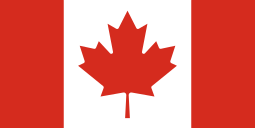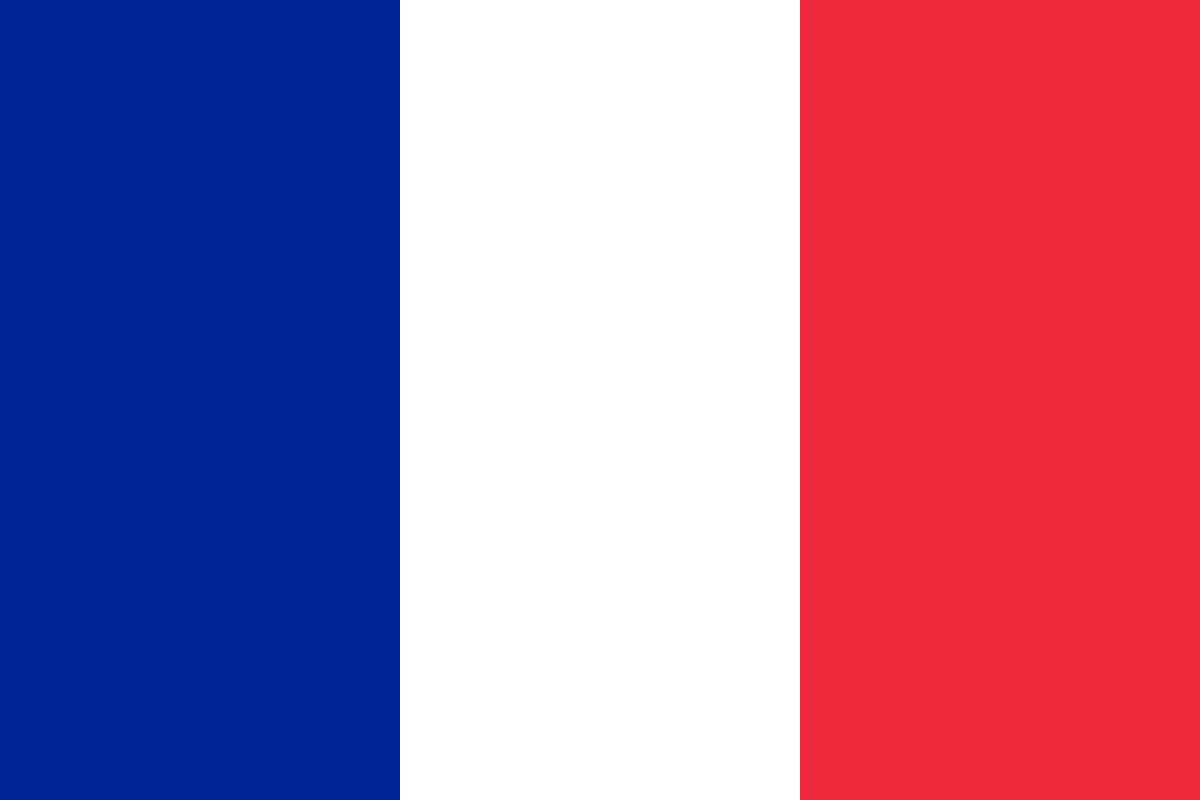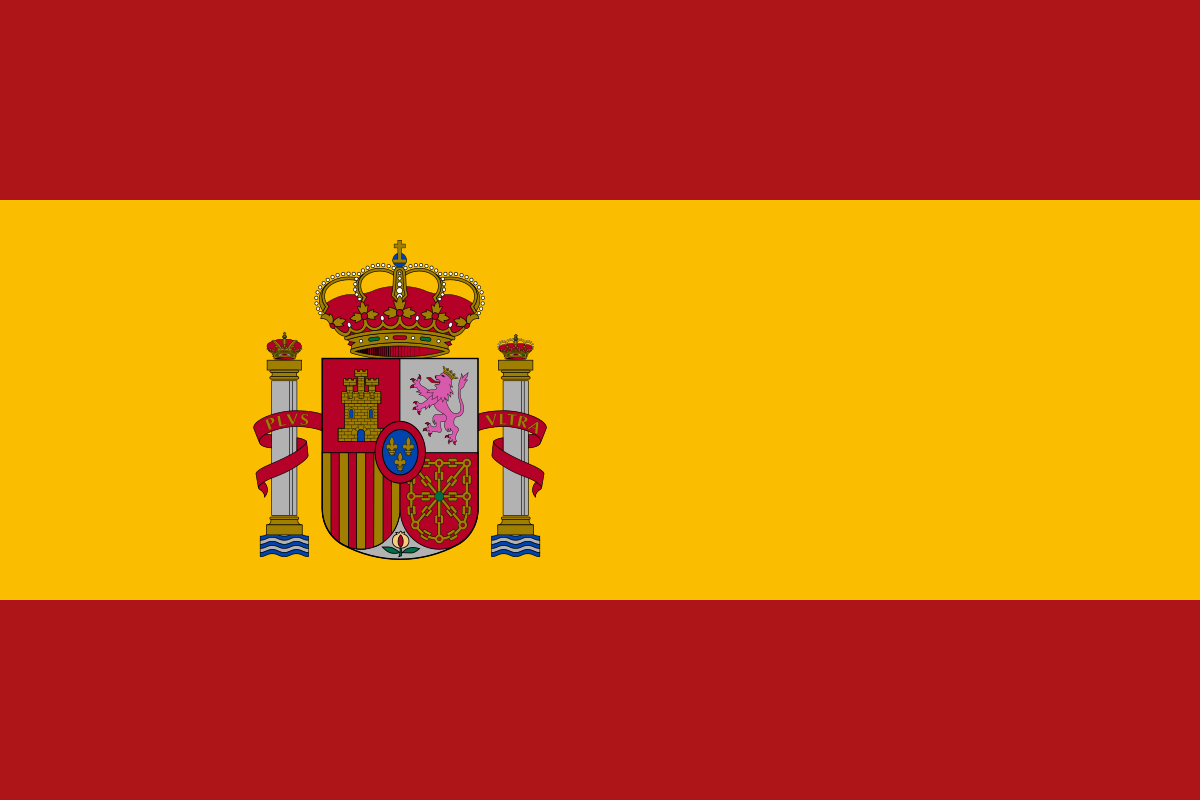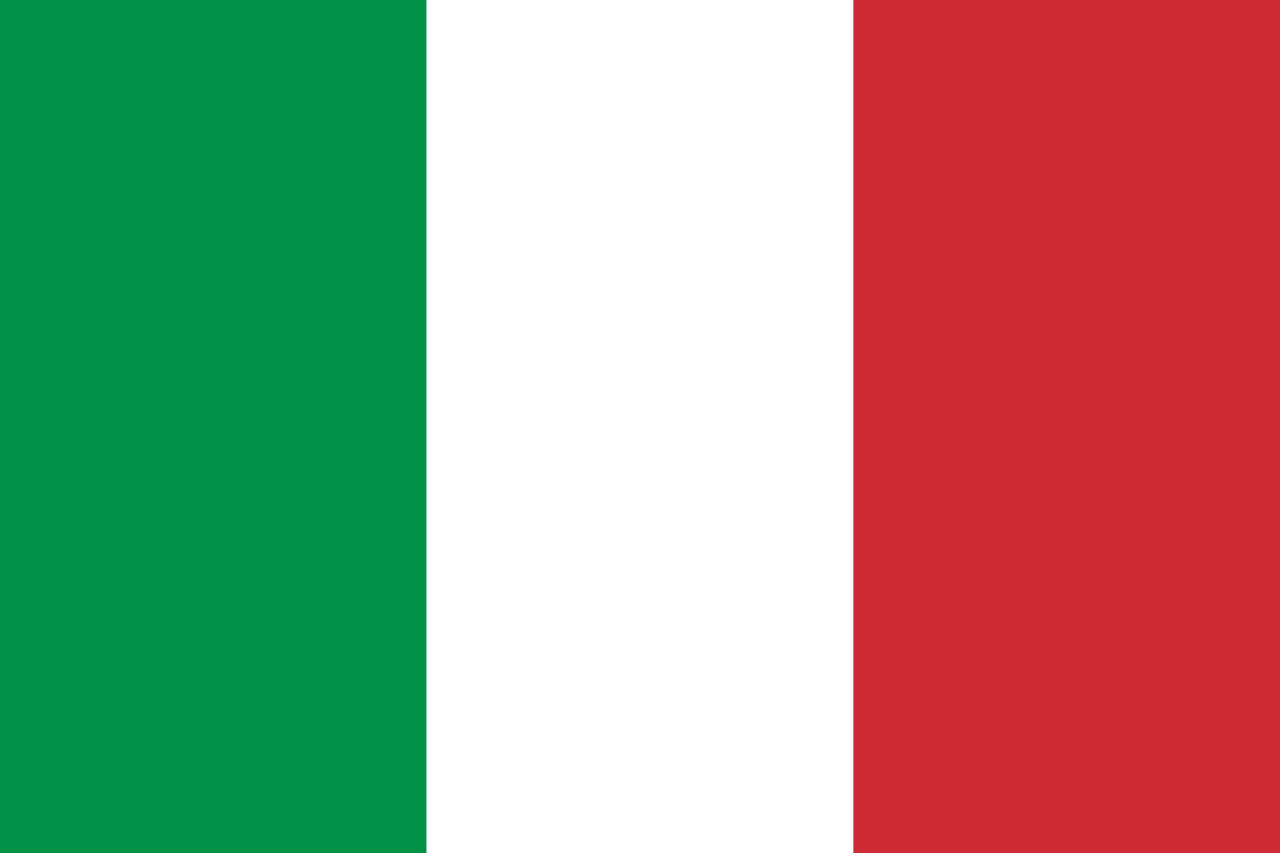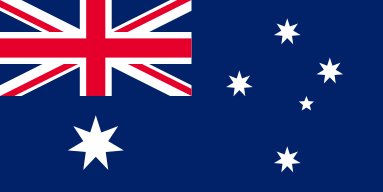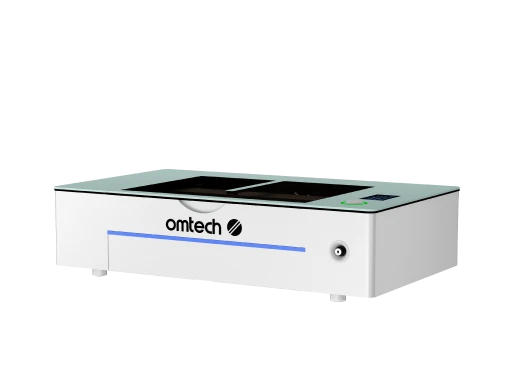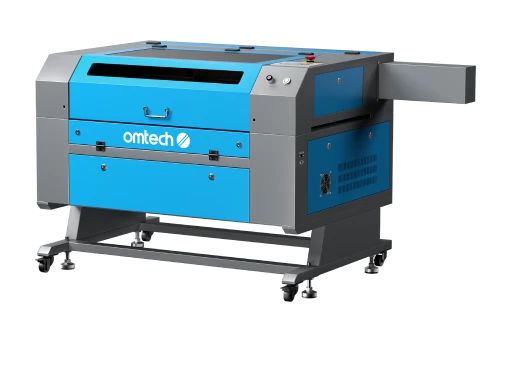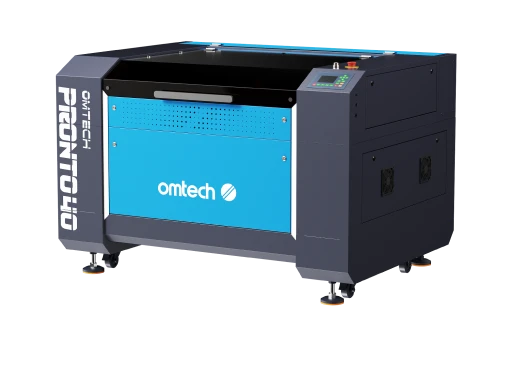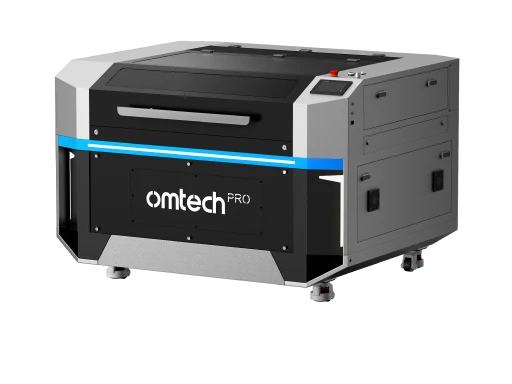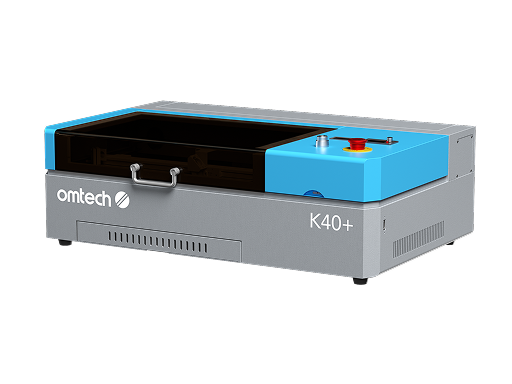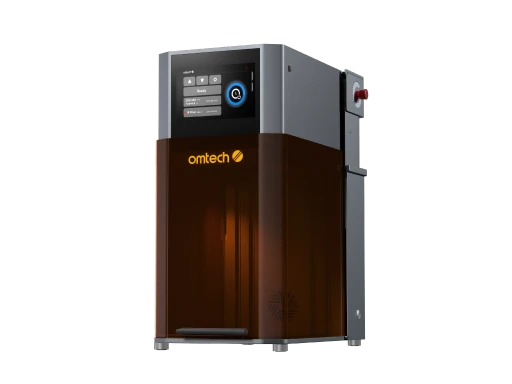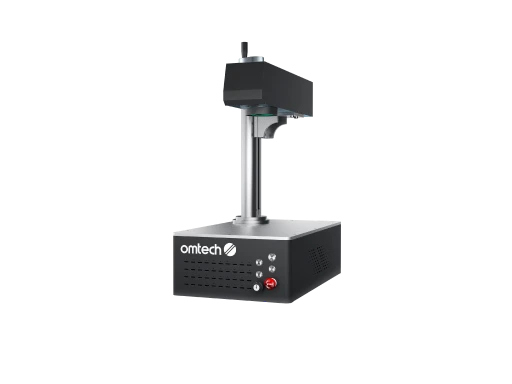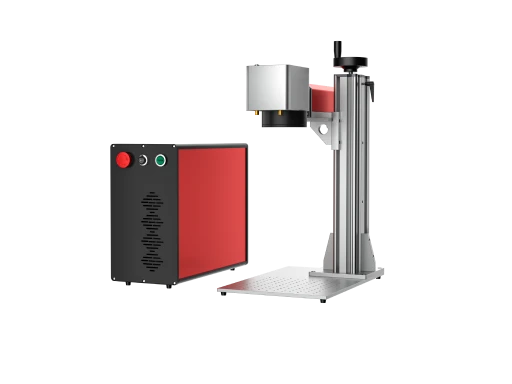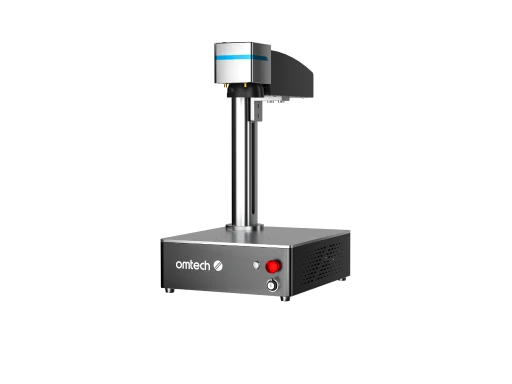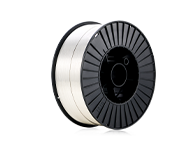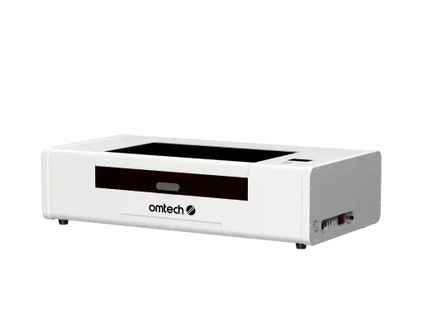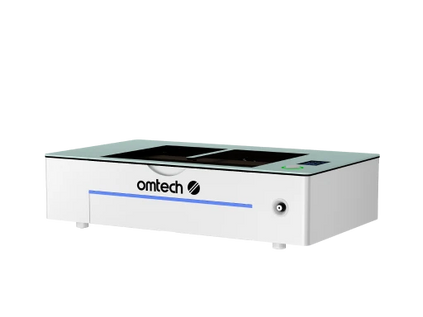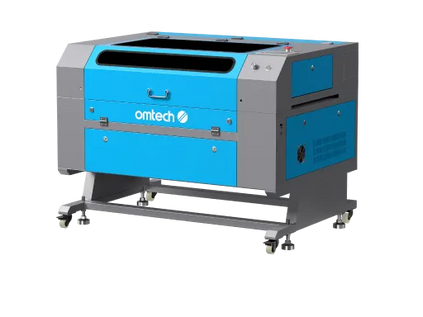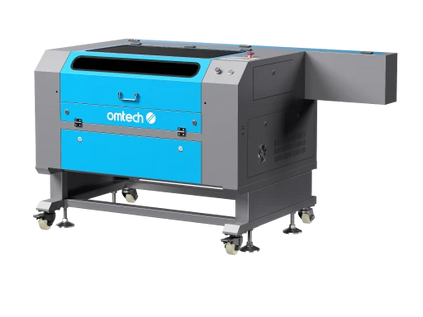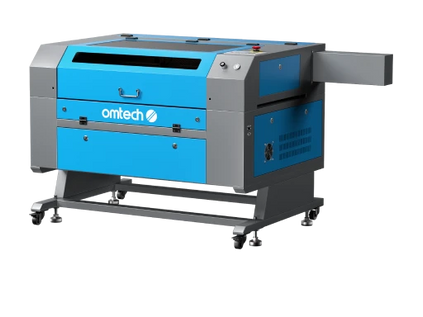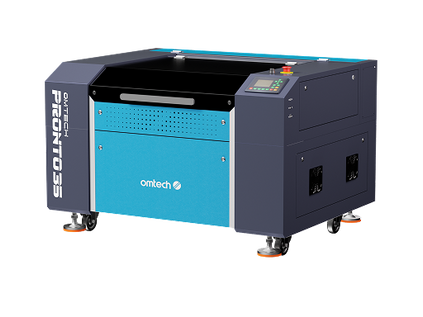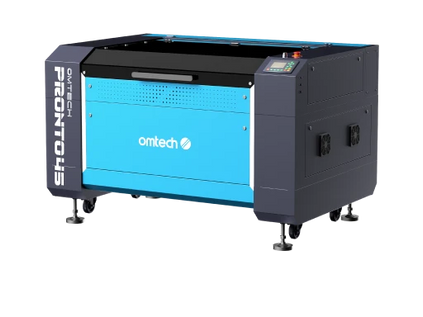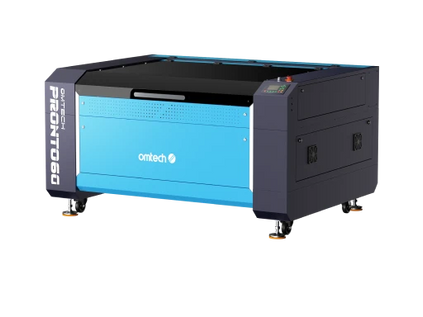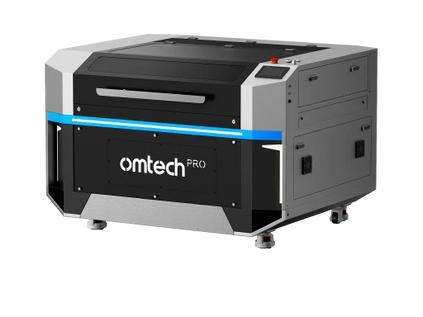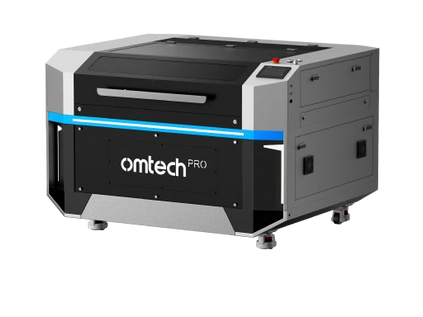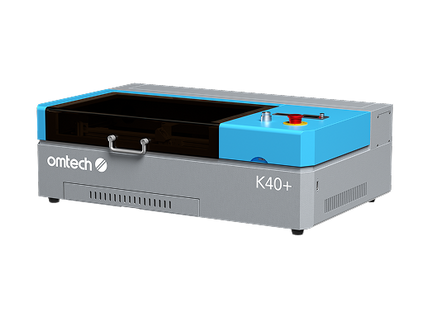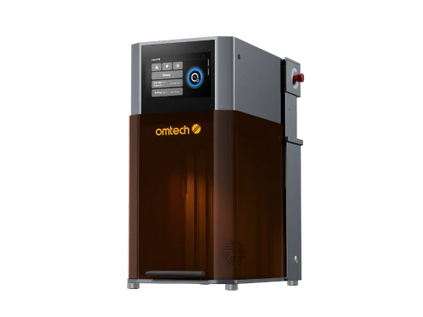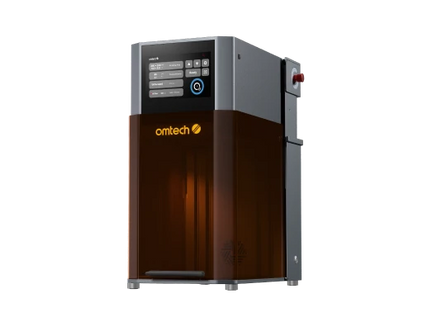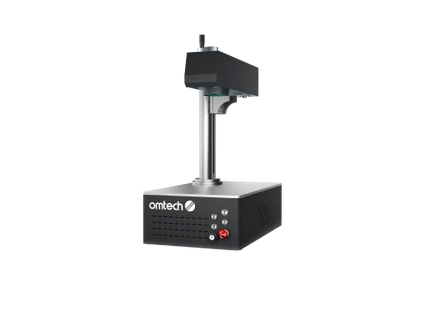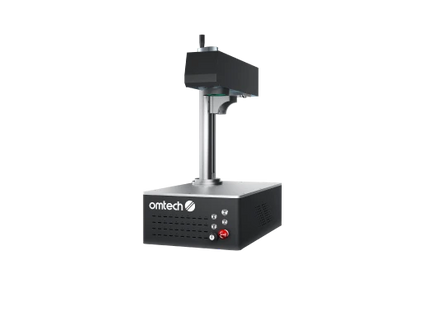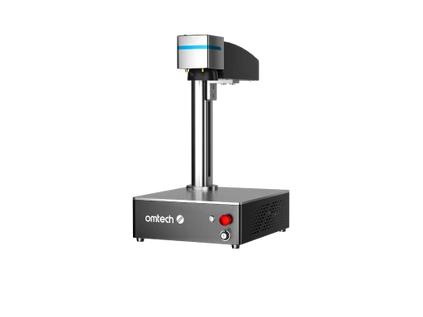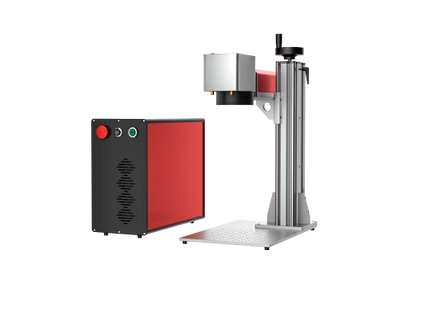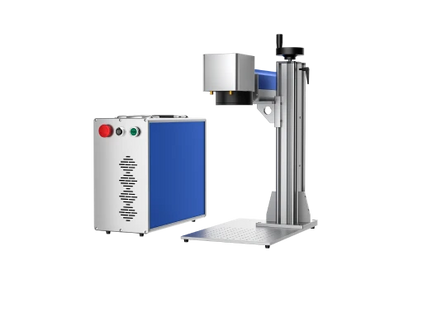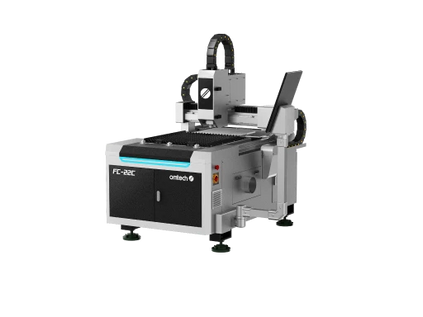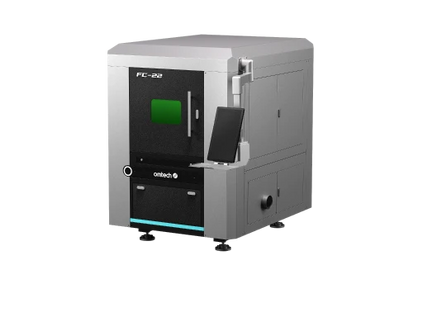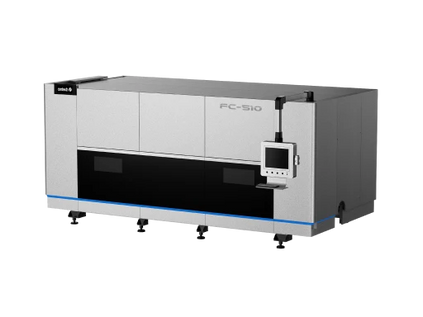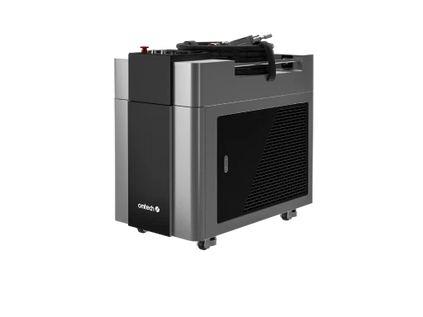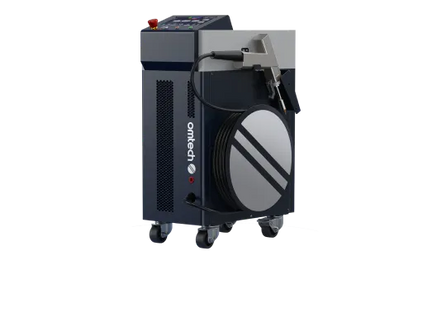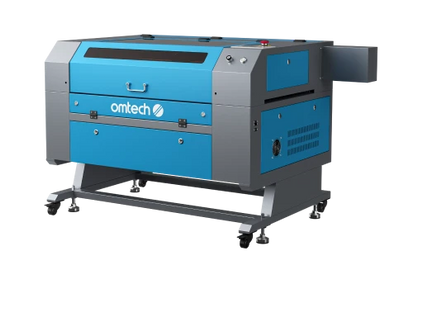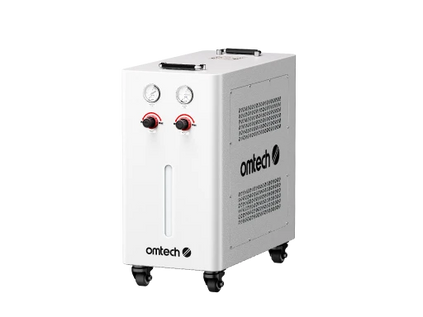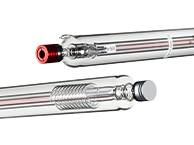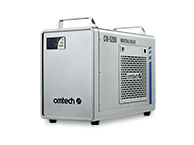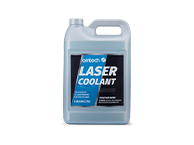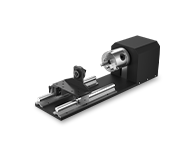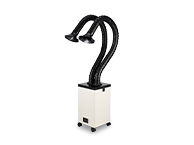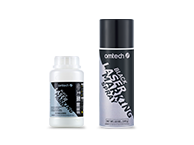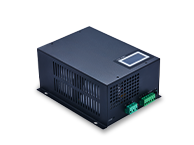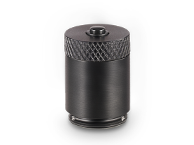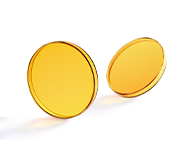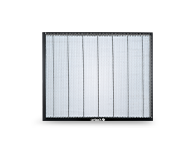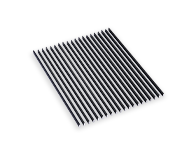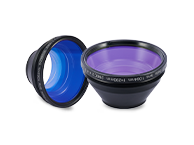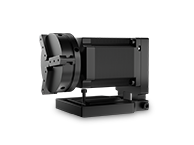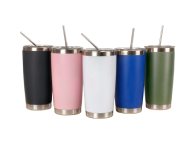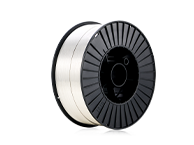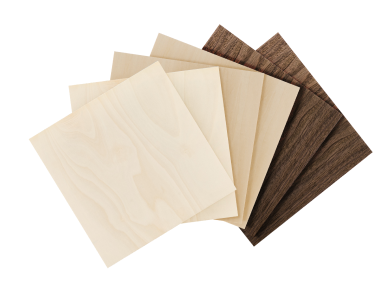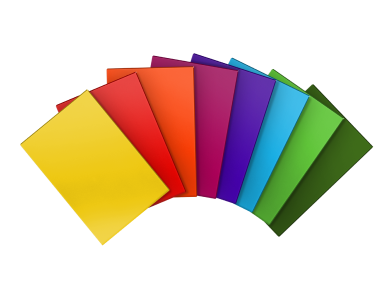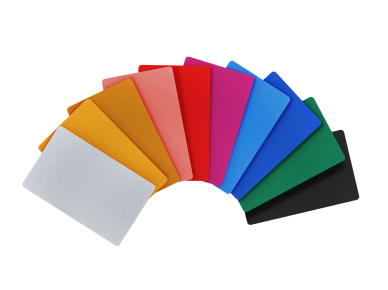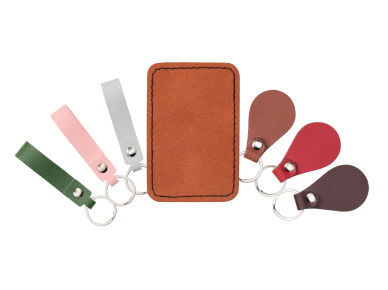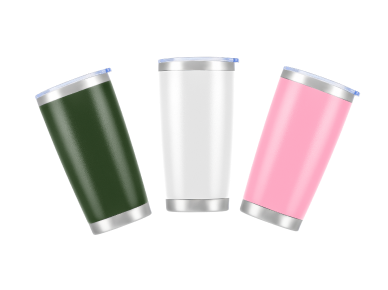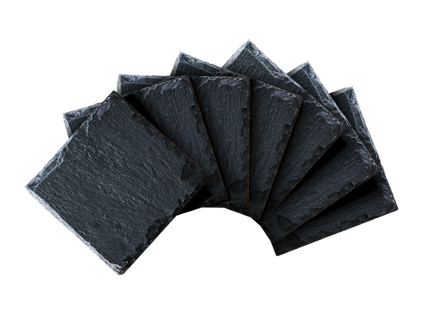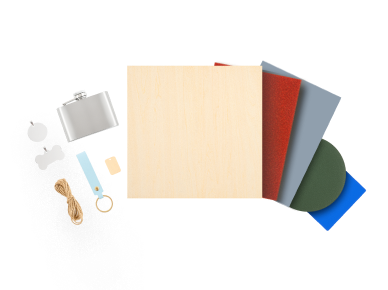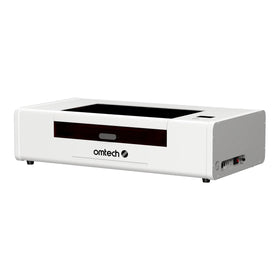What Is DTF Printing? A Complete Guide
 Custom apparel is a fun and interesting way to personalize clothing. Whether you’re repping your favorite TV show or selling merch online, creating personalized apparel is simple with the right tools. DTF printing, which stands for Direct to Film, combines vibrant, full-color results with the ability to work on a wide variety of fabrics, from 100% cotton to tricky blends, without pretreatment. Instead of printing directly onto a shirt, DTF prints the design onto a special film, coats it with adhesive powder, and then heat-presses it onto the garment.
Custom apparel is a fun and interesting way to personalize clothing. Whether you’re repping your favorite TV show or selling merch online, creating personalized apparel is simple with the right tools. DTF printing, which stands for Direct to Film, combines vibrant, full-color results with the ability to work on a wide variety of fabrics, from 100% cotton to tricky blends, without pretreatment. Instead of printing directly onto a shirt, DTF prints the design onto a special film, coats it with adhesive powder, and then heat-presses it onto the garment.
If you’re wondering what makes DTF different, how it works, or whether it’s the right fit for your needs, this guide breaks it all down. From equipment and materials to the pros and cons, plus answers to the most common questions, you’ll walk away with a clear understanding of where DTF printing fits in the world of garment decoration.
How DTF Printing Works: Step by Step
Direct-to-Film (DTF) printing is a textile decoration process that uses a two-step method to create durable, full-color designs. Instead of printing directly onto the garment (as in Direct-to-Garment, or DTG), DTF first prints your artwork onto a special PET transfer film using specialized inks. Once the design is ready, the film is coated with a powdered adhesive, cured with heat, and then transferred onto fabric or other substrates with a heat press. This process bonds the design permanently to the surface, producing vibrant and long-lasting results.
One of the biggest advantages of DTF printing is its versatility. Because the design is applied from a transfer film rather than directly onto the material, DTF works across a wide range of fabrics and items—including cotton, polyester, blends, nylon, leather, and more—without requiring pre-treatment. This makes it especially useful for mixed-material garments or darker-colored fabrics where other methods can struggle. The end result is a flexible, stretch-resistant print that feels soft to the touch while maintaining excellent durability over time.
Here’s a breakdown of the DTF workflow:
-
Design Preparation
You create or import your artwork in RIP (raster image processing) software. You often set up CMYK + White channels (the white acts as an underbase on darker garments). -
Print onto PET Film
The printer lays down the color ink first, then the white layer. This happens mirrored, so when transferred, it flips back correctly. -
Apply Adhesive Powder
While the ink is still wet, a hot-melt adhesive powder (often polyurethane resin) is applied to the film’s backside. Excess powder is vibrated off. -
Curing / Pre-Heat
The printed film passes through a curing chamber, which causes the adhesive to partially melt and bond the ink to it. After that, the film is ready for transfer. -
Transfer to Substrate
Using a heat press (or sometimes an in-line press), you press the film onto the target surface (garment, leather, etc.) under controlled heat, pressure, and time. -
Peel Off Film
Depending on whether it’s a hot peel or cold peel film, remove the PET film either immediately or after cooling. The printed design with adhesive remains bonded to the substrate. -
Optional Post-Press
Some workflows add another heat press step (with parchment or a protective sheet) to reinforce bonding and improve feel.
Equipment & Materials You Need for DTF
To run a DTF setup, you need more than just a printer. Here’s what typical DTF systems require:
-
DTF Printer
Must support CMYK + White ink channels. Some are built for DTF from the start; others are modified inkjet printers. -
PET Film / DTF Transfer Film
A stable, heat-resistant film (often ~0.75 mm thick). Used in sheets or rolls. -
Adhesive Powder
Hot melt adhesive powder sticks to wet ink and binds it to the substrate. -
Powder Shaker Unit
Applies adhesive powder evenly and removes excess. -
Curing Oven/Tunnel or Heat Press with Pre-Cure Capability
Heats and cures adhesive after powder application. Some systems integrate this inline; others use a separate chamber. -
Heat Press (Transfer Press)
Transfers the design from film to substrate. Required for the final bonding step. Parameters like temperature, pressure, and dwell time matter. -
RIP/Control Software
Governs color profiling, drop sizes, ink mapping, and correct white layering. Many DTF systems use specialized RIPs that manage white and CMYK channels. -
Consumables & Maintenance
Ink, adhesive powder, film, replacement parts, ventilation or fume extraction, routine cleaning, maintenance.
Pros & Cons of DTF Printing

Pros of DFT Printing
-
Versatility across substrates
Works on cotton, polyester, blends, nylon, leather, and more. DTF doesn’t limit you to just one fabric type. -
No pretreatment required
Unlike DTG, you generally don’t need to pre-treat garments before printing. -
Full-color & white ink support
Capable of printing detailed, vibrant designs on dark garments because of its white-underbase capability. -
Cost-effective for small to medium runs
Lower setup costs than screen printing, especially when doing many designs or small batches. -
Durability & wash resistance
Good adhesion and flexibility help DTF prints resist cracking, peeling, and fading when properly applied.
Cons of DFT Printing
-
Hand/texture may be noticeable
Because it’s a transfer process, you can sometimes feel the imprint slightly on the garment. -
More steps than direct printing
You must print to film, apply powder, cure, transfer—all steps add time and complexity. -
Color vibrancy trade-offs
Compared to dye sublimation on suitable fabrics, brightness or “pop” may be less. -
Adhesion failures if poorly processed
If curing, pressing, or powder application is off, the transfer can lift, peel, or not fully bond. -
Cost of consumables
Film, powder, white ink, maintenance—all contribute to operating cost.
FAQs about DTF Printing
1. Which is better: DTF or Sublimation?
It depends on use case. Sublimation works best on polyester or coated surfaces and yields smooth, integrated prints (no raised texture), but is limited to lighter colored or polymer-coated items. DTF offers broader substrate compatibility (cotton, blends, synthetics) and supports printing on dark fabrics reliably. For color range and flexibility, many prefer DTF in mixed-fabric businesses.
2. How Long Does DTF Printing Last?
When properly applied with correct heat, pressure, and post-pressing, DTF prints often last many wash cycles without significant fading, peeling, or cracking. Durability is strong when the process is executed well.
3. Is DTF Better Than Screen Printing?
For certain contexts, yes. DTF excels in small runs with many designs, lower setup cost, and color flexibility (no need for multiple screens). Screen printing still wins on large, uniform volume due to lower per-unit costs at scale and robustness for very heavy inks or specialized effects. DTF is more flexible for businesses with varied designs.
4. Do DTF Transfers Crack?
They can, but not if properly done. Cracking is usually a result of poor adhesion, incorrect curing, insufficient pressure, or using rigid designs on stretchy fabrics. When optimized, DTF transfers are flexible and resist cracking under normal use.
Recommended Equipment: The OMTech Aurora DTF Printer

If you're considering DTF as a long-term or scalable production method, the OMTech Aurora provides a compact, high-precision system built for creators, small shops, and expanding apparel businesses. It’s designed to streamline the full DTF workflow—printing, powdering, curing, and transferring—while producing consistent results day after day.
Key Benefits of the OMTech Aurora
-
Dual Epson I1600 printheads for stable, professional color accuracy
-
High-resolution output (720 × 1800 DPI) for crisp lines, gradients, and fine detail
-
Automatic white-ink circulation system to reduce clogging and maintenance
-
Efficient powdering and curing process for reliable adhesive bonding
-
Compact 3.44 ft² footprint—ideal for home studios or small production spaces
-
14-inch print width to support both small and wide-format transfers
-
Durable, flexible transfers that withstand repeated washing
-
Beginner-friendly interface with intuitive controls and consistent performance
-
Backed by OMTech training, support, and replacement resources
Why Aurora Works for Growing DTF Workflows
Aurora eliminates common bottlenecks—ink inconsistencies, poor curing, or alignment issues—making it easier to scale production, take on new clients, or launch a serious apparel business. Whether you print one-offs or handle daily batches, Aurora delivers a reliable, repeatable process.
Explore DTF Printing
DTF printing has rapidly gained attention in the custom apparel and garment decoration space thanks to its flexibility, substrate compatibility, and relatively straightforward workflow. By printing designs to film, applying adhesive powder, curing, and then transferring via heat press, DTF enables high-quality, full-color, durable prints across a wide variety of fabrics.
While it has more steps than direct methods and some tactile feel, its advantages—especially for small runs, mixed materials, dark garments, and creative flexibility—make it a strong option. In many cases, DTF strikes the balance between quality, cost, and adaptability.
If you're exploring customization or apparel printing, the OMTech Aurora can help scale up your DTF workflow! Visit OMTech to learn more about how the Aurora can help your business.
